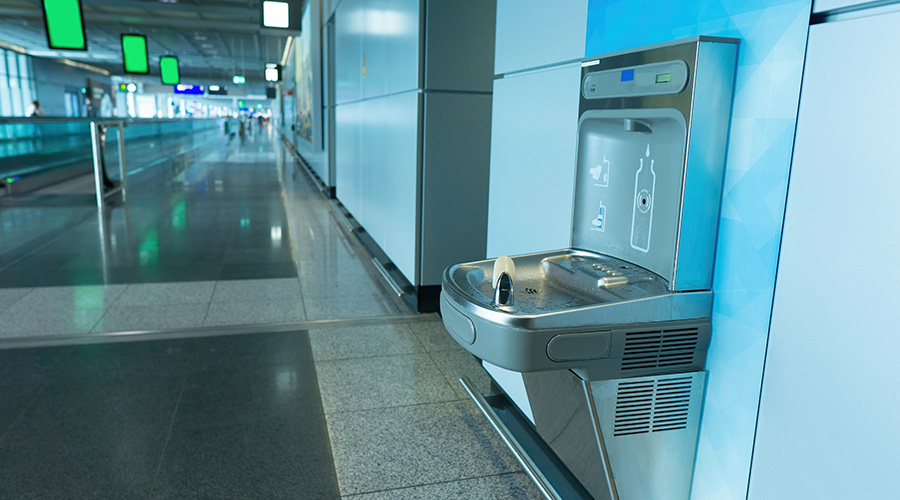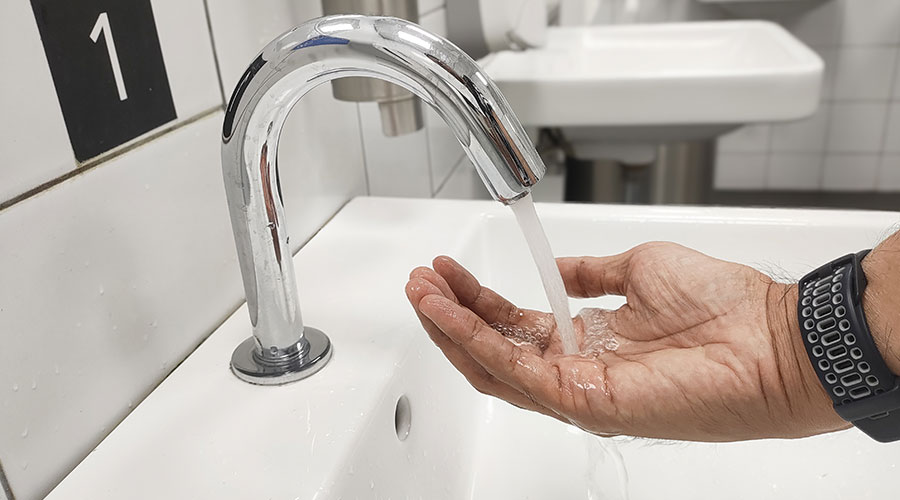Training Phases for Productive, Safe Use of Drain-Cleaning Equipment
Training for the safe and productive use of drain-cleaning equipment must cover all phases of the process: preparation, use, and storage. Equipment vendors can supply procedures, checklists and tip sheets for use in custom training program.
Some also offer free courses with their instructors and scheduled at their facilities, including field training, or they can set up a course at the customer's site.
Training should address these equipment features and components: the on-off switch for proper operation; electric cords for cuts in insulation or exposed wires; cables for kinks; and all other parts for broken or bent pieces.
The training also should reinforce the importance of cleaning and oiling for all mechanical parts, as well as the need to check for kinks, and the proper care of cutting tips, including sharpening and replacement. Training also should walk technicians through the process of cleaning motor vents by blowing them out with compressed air to allow proper cooling.
One example of course content for the proper maintenance and use of drain-cleaning equipment focuses on a high-pressure water jetter. This course contains 12 units: high-pressure theory; high-pressure applications; operator and worker safety; plumbing and drain systems; septic systems; grease traps; sewers; drain-cleaning techniques; nozzle design and selection; equipment repair and maintenance; preventive maintenance programs; and customer relations.
The course also covers safety apparel, nozzles and hoses, and service parts and accessories, and it describes the availability of used equipment, including manuals, demos, testing and certification.
Each facility and drain cleaning job is different, so it is important for managers to specify the most appropriate equipment, including the right accessories. Cutting a root with a hole puncher is less safe, wastes time, and in the end will not work.
In addition, all drain-cleaning equipment is unique, so whether technicians attend a formal training course or use in-house resources, the place to start is to carefully review the user manual for guidance on proper safety, operation and maintenance. Demonstrations by a trained instructor can also save a great deal of time too often lost to trial and error.
Thomas A. Westerkamp is a maintenance and engineering management consultant and president of the work management division of Westerkamp Group LLC.
Related Topics:













